11 Facts About Black Hoodoo and Magic
- Elexus Jionde

- Apr 19
- 6 min read
Updated: May 22
Magic is more wrapped up in politics and race than you may think. For most of human history, magic has been as real a belief system as religion, from misconceptions about the Salem Witch Trials to plantation magic and Harlem’s hustlers. How much do you know about the historical connection between Black people and magic?

Black enslaved people were commonly thought to worship the Devil because they didn't practice Christian religions.
Bostonite clergyman, witch hunter, and writer Cotton Mather described black people in 1706’s The Negro Christianized: “Very many of them…actually worship Devils, or maintain a magical conversation with Devils. And all of them are more slaves to Satan than they are to You, until a Faith in the Son of God has made them free indeed. Will you do nothing to pluck them out of the Jaws of Satan the Devourer?” This call to convert black people, and also the indigenous people, was strong because it was assumed that all non-Christian religions were demonic. White observers noted the use of “magical talismans and charms of protection, divining, and a belief in ghosts,” as further proof that Africans worshipped satan and were demonic.
If you were a practitioner you were known to have 'The Power'

“The power” was known by different things in various regions and times. These were the People who were believed to be available for “injuring or destroying enemies, getting rid of rivals or undesirables, softening hearts, winning or holding love, breaking up homes, calling the absent, getting jobs, dodging the law, people, protecting property, detecting criminals, gambling, collecting debts, disciplining servants, stopping trains and steamboats, producing fertility or barrenness in women, promoting crops, controlling weather, foretelling the future, and locating lost and stolen goods, water, and buried treasure,” According to a guide found by Yvonne P Chireau in Black Magic: Religion and the African American Conjuring Tradition.
Practitioners were known by many names depending on the region.
In the 17th century, it was cunning men, conjurers, and witches. By the 19th century you were more likely to hear Hoodoo, emerging in print as early as 1870, and root workers. Some people performed “tricking”, aka casting spells. People who trafficked in misfortune with their powers were trick doctors and witch doctors. If you hailed from Florida, South Carolina, or Georgia, you’d hear conjure doctors, wise men, two head doctors, long heads, and double sighters— perfect names for healers. Among the black populations in Louisiana and Mississippi, you’d hear about voodoos, wangateurs, and horses.
Black magic practitioners weren't known for Broom Riding.
Even more folklore told of witches who could fly, shape shift, or become invisible. There were stories about Boo Hags, or skinless shapeshifting witches that slipped through keyholes and windows. Unlike European witch lore, these witches didn’t fly on broomsticks. They “rode human beings like horses”, draining their energy and sucking on their breath, but ultimately keeping them alive— unless they struggled. If you struggled, your skin might get stolen.
Conjurers were a source of fear and pride.
Stories of root and conjure workers getting even with enslavers or exacting revenge were crucial parts of black american folklore and resistance. The ultimate power of those who dabbled in conjure, magic, and voodoo was the sense of control they had during a time when black people were stripped of personhood and autonomy. Stories about strong practitioners could serve as pride and inspiration for dehumanized people.
Pastors were the majority of conjurers in the 18th and 19th Century.

Magic and superstition are often utilized as a belief system to rationalize misfortune— similar to religion— and its no wonder that all three concepts would flourish during the 400 years of chattel slavery, and even blend together— and mingle with European beliefs about witchcraft. But whereas in the European tradition witches were mostly associated with the devil and heresy, black people saw magic more ambiguously. Yvonne P. Chireau argued that black people practiced conjure often along with Christianity, when one failed to meet needs that the other could supply.
This common black tradition has roots in world history.
In America, conjurers included bible verses on their charms or “fed” them with a little whiskey or corn liquor, and various WPA narratives discussing folklore beliefs of formerly enslaved people describe pouring out a little liquor for spirits to keep them at bay. This practice, called libation, has existed since Ancient Egypt and has been common throughout the world. So if you or a friend ever "poured one out" for a loved one or friend that passed this is its origin.
The rise of Black Christianity was also part of the demonization of conjure.

The rise of black american Christianity outside the bonds of slavery, when paired with respectability politics, only made conjure and superstitions— and by association, any remnants of African religions and divinities— seem not only like an impediment to the progression of the race, but evil. Years down the line, its why so many black people in the modern day weren’t allowed to watch or read media with witchcraft (but could watch all the hood classics), and also why people who pay homage to our ancestors or who are interested in African conjure traditions are “demon worshipping”, etc
There were two Marie Laveaus.
Marie Laveau, was known to work her skills at Congo square which contained the city’s enslaved population on their Sundays off. This was for surveillance, making sure the voodoo practitioners, who were often there, surrounded by dancing, eating, and drinking, weren’t going to harm the city, the slave trade, or the elite. Well— she and her daughter, the 2nd Marie Laveau. Marie I earned a reputation of being able to harm people and protect people from harm with her rituals, specializing in romance and business quarrels. As a hairdresser, gossip and client coaxing made her able to appear all knowing- and ultimately a very powerful harbor-er of secrets for the New Orleans elite. Whites and blacks alike would go to her for business- judges wanting to win elections, a woman wanting to discredit another woman for the attention of a man- she did it all. However, she usually charged white people and helped blacks for free. Her daughter, Marie II, followed in her mothers footsteps by becoming a Voodoo priestess. Whereas Marie I was usually kind and only vindictive when the situation called for it, Marie II relied on the fear of her subjects to remain in control— though she reportedly provided aid during the Yellow Fever Epidemic of 1878.
Voodoo is a combination of multiple spiritual practices.
Back in Africa, Vodoun was the religion of tribes living in present day Benin, or Dahomey of West Africa. It was also practiced amongst people in modern-day Togo, Ghana, and Nigeria. They took their beliefs, particularly worship of the ancestors, with them to Haiti and the Caribbean when sold into slavery, creating the afro-culture and religion Vodou, which incorporated the Orisha, or spirits sent by the supreme creator. The religion grew in the absence of white colonizers after the Haitian revolution ended in 1804. In Spanish and French New Orleans, West Africans had been developing their own culture since 1719, known as Voudou, with way less connections to African divinities because of the presence of whites. In 1809, approximately 10,000 Haitians arrived to New Orleans and changed the city’s demographics, and their vodou fused with voudou to become voodoo— aka the the afro-creole counter culture in Southern Louisiana AND a common term for African diaspora beliefs of magical practices.
Voodoo was used to dehumanize black Americans.
Throughout the late 19th century, voodoo was sensationalized. Nationwide after enslavement, when reconstruction was a hotly debated political issue, newspapers began describing hoodoo and voodoo in frightening terms as early as 1866. Said one in 1873 “Vodousism… is simply the worship of the devil.” In Louisiana, accounts of white journalists experiencing wild orgies and voodoo St John’s Eve ceremonies around the bayous of Lake Pontchartrain and St Johns began in 1869. While voodoo practitioners were making a killing from the white thrill seekers who watched the dancing, drank alcohol, bought coffee and gumbo and sometimes sex, stories about what went down were partly fabricated and featured things from interracial orgies to cannibalism. Male voodoo practitioners were also linked to rape in the white media from the 1870s to 1880s.
Wrote one New Orleans news editor in a story about voodoo, “the negroes of Hayti have had the absolute government of themselves for three quarters of a century… [and] every desirable element of civilization almost [has been] wiped out in the decadence of the island under negro rule”, failing to mention Haiti’s massive debt to France and international embargo and sanctions. According to Michelle Y Gordon, voodoo was proof that without the influence of slavery, Haitians “fall back upon the superstitions and habits of their ancestors.” Black newspapers warned that white newspapers intentionally distorted stories about voodoo to foster mistrust and disgust of black people. As reconstruction ended, black voter registration plummeted, and white supremacist democrats consolidated by the end of the century, wild voodoo ceremony news stories faded, and were only brought up as proof of reconstructions failings.
Did you love this lesson on Hoodoo and Magic? Watch the full video on youtube!
Click Here To Get Sources and Further Reading!

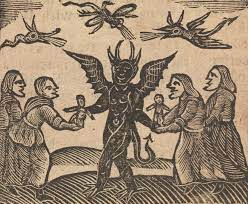


















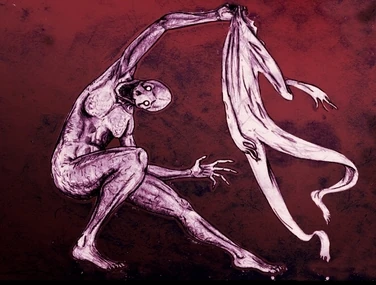






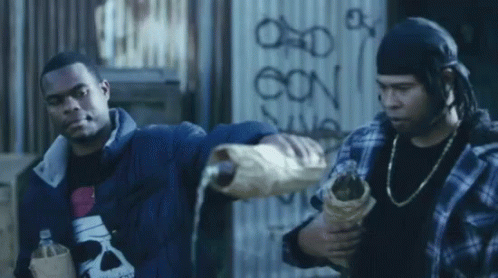




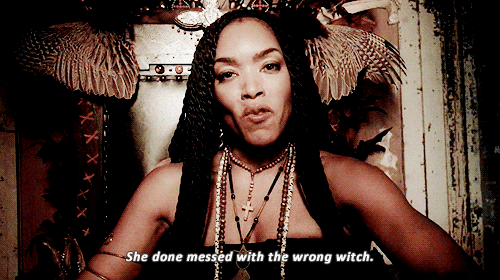














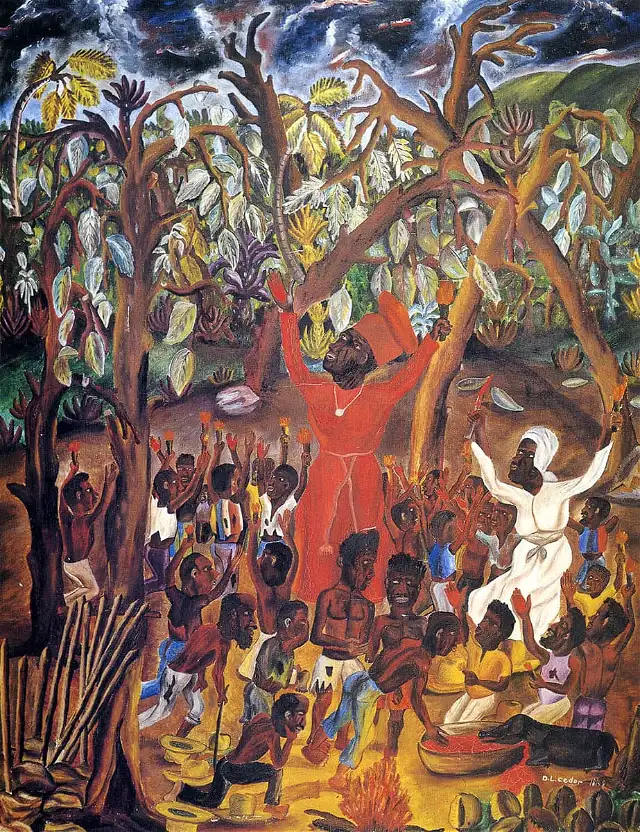



.png)
Comments